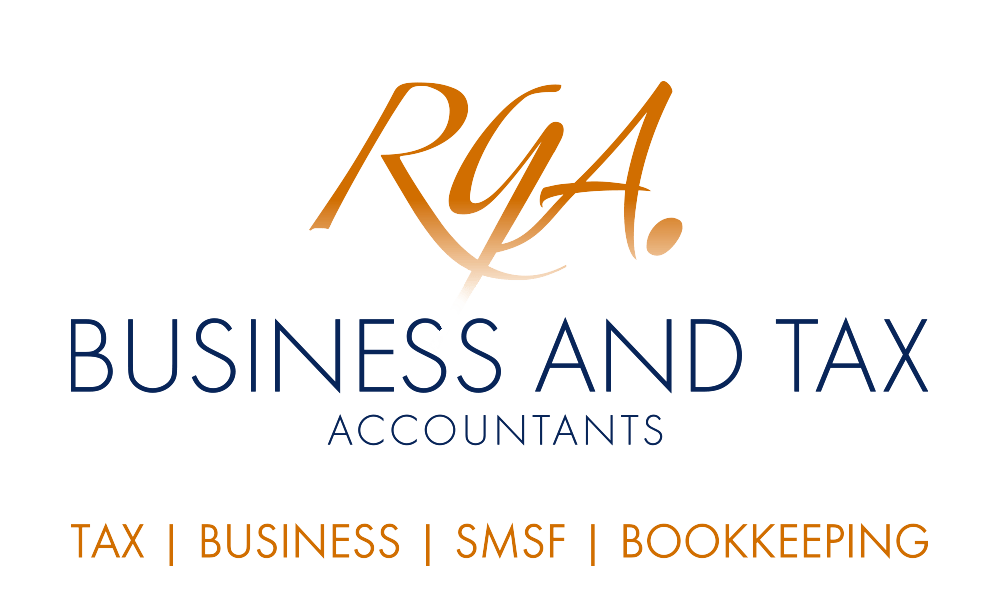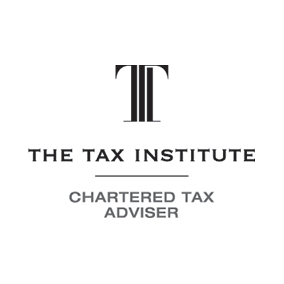
An alert has been issued over arrangements where trustees of unit trusts disposes CGT assets to an arm's length purchaser with no CGT consequences by exploiting restructure rollovers. Whilst there may be many variations of such arrangements, the overall effect is that rather than selling the relevant asset and incurring a large capital gain on which tax needs to be paid, the transferring trust is able avoid tax. The ATO notes it is actively reviewing such arrangements and that the anti-avoidance provisions may apply.
The Tax Office has recently issued an alert on its concerns over trusts avoiding CGT by exploiting restructure rollovers. Specifically, it is actively reviewing arrangements that supposedly allow a unit trust to dispose a CGT asset to an arm's length purchaser with no CGT consequences.
As a result, both taxpayers and advisors who enter into these arrangements will be subject to increased scrutiny.
The arrangement consists of a trustee of a unit trust (transferring trust) selling a CGT asset with a large unrealised capital gain to an arm's length purchaser for an agreed price in the following way:
- transferring the asset to a trustee of a new trust (receiving trust) for the purchase price, which gives rise to a debt owing to the transferring trust;
- choosing rollover under Subdivision 126-G in relation to the transfer;
- the purchaser then subscribes to new units in the receiving trust equal in value to the purchase price; and
- the receiving trust subsequently repays the debt to the transferring trust with the funds received from the issue of the new units.
According to the ATO, the steps may be implemented in close succession or structured in stages as a part of a broad scheme. Whilst there may be many variations of such arrangements, the overall effect is that rather than selling the relevant asset and incurring a large capital gain on which tax needs to be paid, the transferring trust is able to transfer the underlying ownership to the purchaser and avoid the capital gain using the rollover provisions.
The specific aspects of the arrangements that concern the ATO include:
- whether conditions for Subdivision 126-G rollover relief are met in respect of the arrangement;
- the arrangement appears to be designed primarily to allow the transferring trust to exploit Subdivision 126-G rollover to disregards a capital gain that would otherwise be assessable to the trustee or beneficiaries of the trust;
- the arrangement results in a change in the underlying ownership of the relevant asset without triggering a CGT taxing point, which is contrary to the intention of the Subdivision 126-G rollover;
- the parties have entered into this arrangement in circumstances where a direct sale of the relevant asset by the transferring trust to the purchaser would have been simple, viable and commercially expected;
- the commercial substance of the arrangement is a sale of the asset by a transferring trust to the purchaser, and the complex arrangement can only be explained by the tax advantage obtained by the transferring trust; and
- the transferring trust receives (and the purchaser pays) the same total sum under the arrangement as if the asset were sold directly.
In light of the concerns, the ATO considers that Pt IVA anti-avoidance provisions may apply to these arrangements where they would otherwise qualify for rollover relief under Subdivision 126-G. While only a small number of cases have been detected so far, the ATO noted at least one case involved the sale of real property of several hundred million dollars.
Do you know your trust?
Trusts, whether they be unit, discretionary or family trusts, can consist of complex arrangements with each specific trust subject to particular rules. If you're a part of a trust, whether it be in the role of trustee or beneficiary, we can help you understand and implement strategies which won't catch the ATO's attention. Contact us today.









